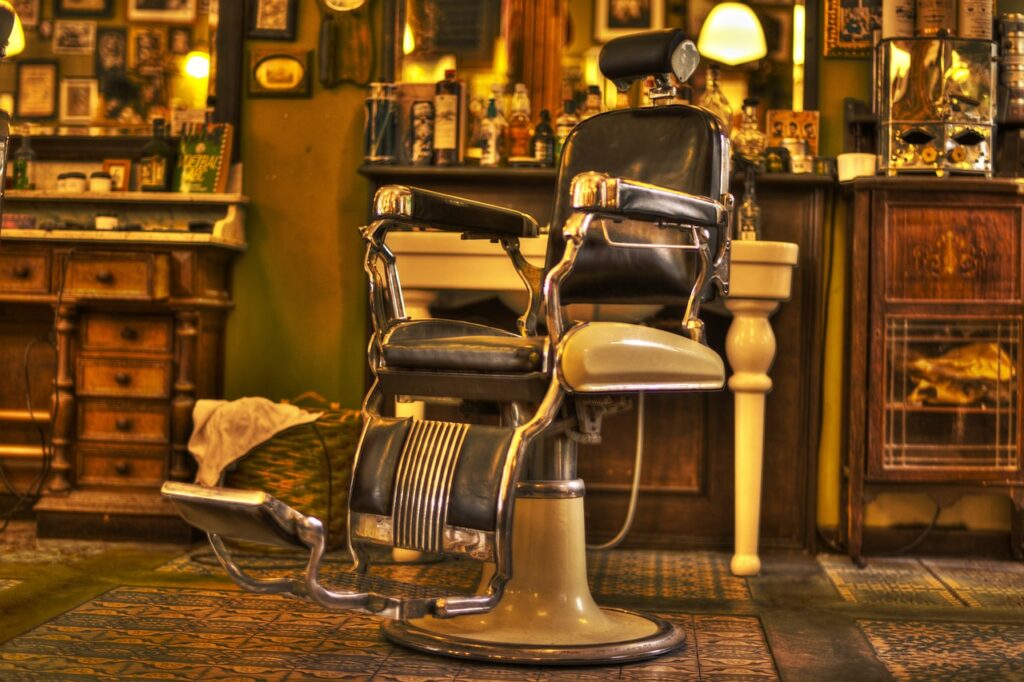Swapping television time for physical activity is a trade with considerable benefits for healthy aging, as evidenced by a new study spearheaded by Dr. Molin Wang of Harvard’s T.H. Chan School of Public Health. This study, involving data from the Nurses’ Health Study, followed over 45,000 individuals aged 50 and above from 1992, assessing their sedentary behavior and physical activity over two decades. The results, published in JAMA Network Open, highlight a clear correlation: every additional two hours of TV viewing decreased the likelihood of aging healthily by 12%, whereas increasing light physical activities by the same duration improved it by 6%.

Prolonged sitting is detrimental to health primarily due to its negative impact on various body systems. When we sit for extended periods, our body’s metabolism slows down, leading to reduced blood flow and decreased calorie burning. This sedentary behavior can contribute to the buildup of fats in the blood and lower the effectiveness of insulin, escalating the risk of type 2 diabetes and cardiovascular diseases.
Furthermore, sitting for long durations can lead to muscle degeneration and weakening, particularly in the lower body, which is crucial for stability and movement. The posture often associated with sitting—hunched shoulders and a forward head position—can also lead to chronic back and neck pain, compounding stress on spinal discs and contributing to long-term issues like osteoporosis and decreased mobility.
Dr. Andrew Freeman of National Jewish Health, although not involved in the study, supports these findings, noting the physiological drawbacks of prolonged sedentary periods. The study’s definition of healthy aging includes reaching 70 years without major chronic diseases or impairments in memory, physical, and mental health. The study underscores the detrimental effects of sedentary habits, such as increased cardiovascular risks and higher blood pressure, which are exacerbated by typical American diet habits, like high salt intake.
To combat these risks, Freeman suggests practical workplace adjustments like standing or treadmill desks and encourages regular movement breaks. He also advises integrating activity with television time, such as exercising or setting screen time limits. This holistic approach not only combats the ill effects of sitting but also promotes a lifestyle conducive to long-term health.





